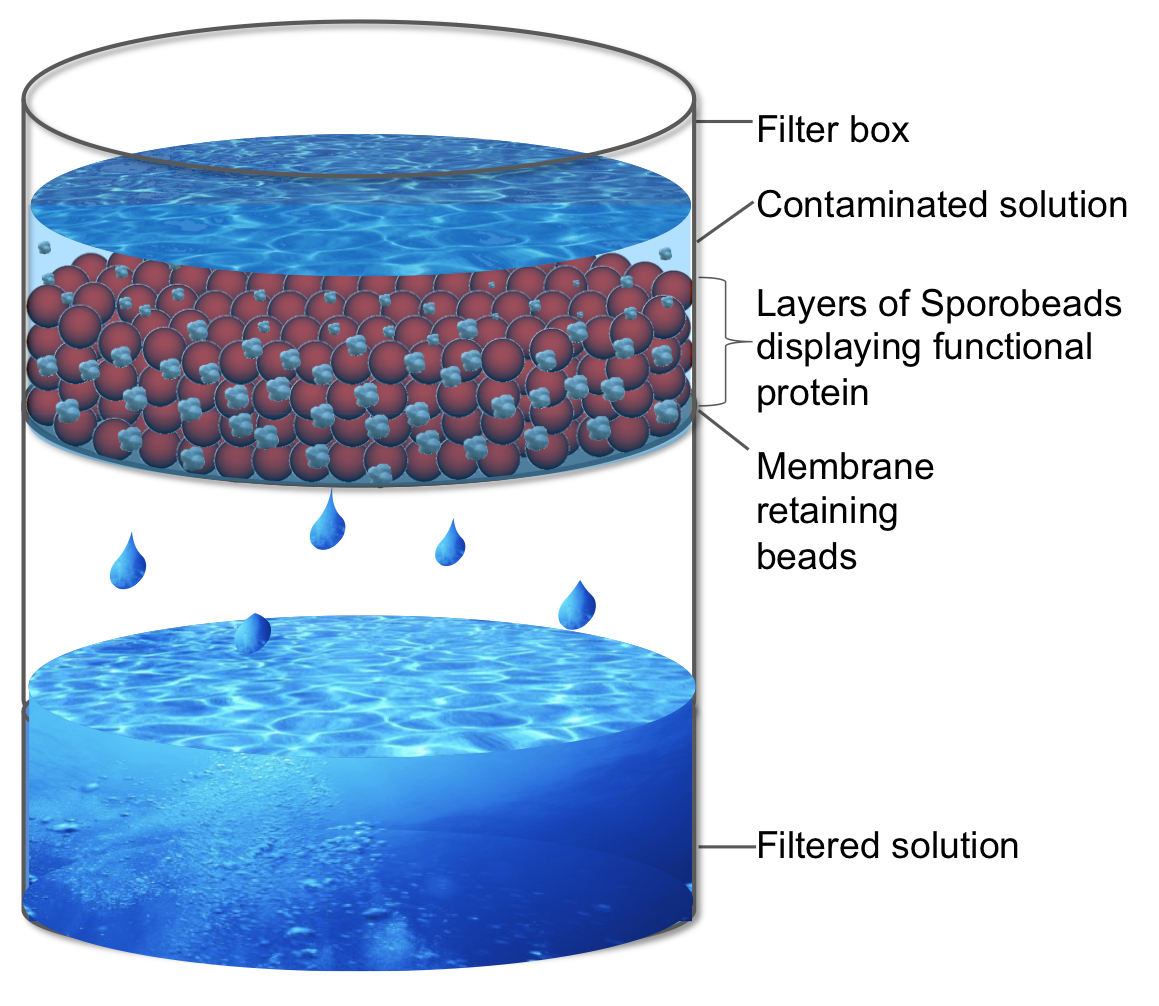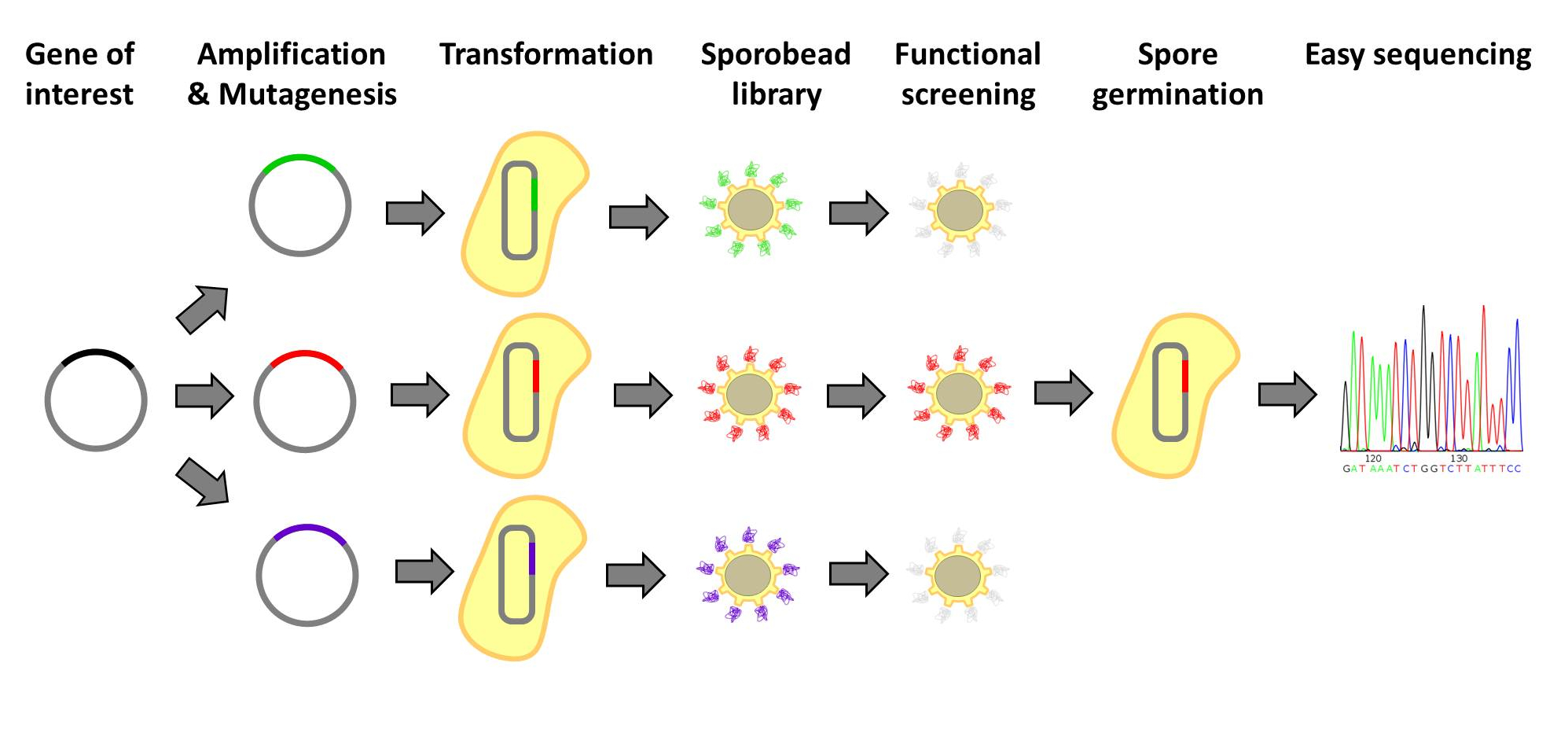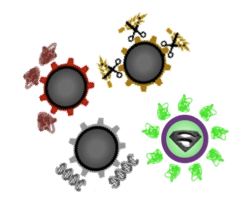Team:LMU-Munich/Application
From 2012.igem.org
(Difference between revisions)
Franzi.Duerr (Talk | contribs) |
|||
| (32 intermediate revisions not shown) | |||
| Line 1: | Line 1: | ||
| + | <!-- Include the next line at the beginning of every page --> | ||
{{:Team:LMU-Munich/Templates/Page Header|File:Team-LMU_Photo2.jpg}} | {{:Team:LMU-Munich/Templates/Page Header|File:Team-LMU_Photo2.jpg}} | ||
| + | [[File:Applications banner.resized WORDS.JPG|620px|link=]] | ||
| - | |||
| - | + | What are the potential '''advantages''' of using ''B. subtilis'' spores as functional bioparticals? | |
| - | What are the potential '''advantages''' of using | + | <br> |
| - | <br>They are | + | <br>They are: |
{| | {| | ||
|- | |- | ||
| - | |[[File: | + | |[[File:BoxChecked.png|40px|left]] |
| - | | | + | |Very stable even under severe environmental conditions |
|- | |- | ||
| - | |[[File: | + | |[[File:BoxChecked.png|40px|left]] |
| - | | | + | |Easy and cheap to produce in large quantities (check out the link to this commercial [http://www.alibaba.com/product-free/118791994/Bacillus_subtilis_spores_HU58_100_pure.html offer]) |
|- | |- | ||
| - | |[[File: | + | |[[File:BoxChecked.png|40px|left]] |
| - | |[ | + | |Part of human nutrition in terms of [http://en.wikipedia.org/wiki/Bacillus_subtilis_R0179 food supplements] and [http://www.fda.gov/Food/FoodIngredientsPackaging/GenerallyRecognizedasSafeGRAS/default.htm generally regarded as safe] |
|- | |- | ||
| - | |[[File: | + | |- |
| - | | | + | |colspan="2"|Moreover, our '''Sporo'''beads are: |
| + | |- | ||
| + | |[[File:BoxChecked.png|40px|left]] | ||
| + | |[https://2012.igem.org/Team:LMU-Munich/Project_Safety Unable] to proliferate and therefore most likely not treated as genetically modified organisms by the law | ||
|- | |- | ||
|} | |} | ||
| - | <p align="justify"> | + | <p align="justify">Our [https://2012.igem.org/Team:LMU-Munich/Spore_Coat_Proteins '''Sporo'''beads] offer a wide variety of applications within the laboratory, and around the world. '''Sporo'''beads can be used for filtration and protein screening.</p> |
| - | |||
| - | |||
| - | |||
| - | < | + | <div class="box"> |
| - | < | + | ====Filtration==== |
| - | [[File:LMU-Munich | + | {| width="100%" style="text-align:center;"| |
| - | + | |<p align="justify">Further information for the first possible application for our '''Sporo'''beads.</p> | |
| - | + | |[[File:LMU Sporofilter.png|right|150px|link=Team:LMU-Munich/Application/Filtration]] | |
| - | </ | + | |- |
| + | ! colspan="2" |[[File:LMU Arrow purple.png|40px|link=Team:LMU-Munich/Application/Filtration]] | ||
| + | |} | ||
| + | </div> | ||
| + | <div class="box"> | ||
| + | ====Protein Screening==== | ||
| + | {| width="100%" style="text-align:center;"| | ||
| + | |<p align="justify">Further information for the possible application of protein screening.</p> | ||
| + | |[[File:protein_libraries.jpg|right|150px|link=Team:LMU-Munich/Application/Protein Screening]] | ||
| + | |- | ||
| + | ! colspan="2" |[[File:LMU Arrow purple.png|40px|link=Team:LMU-Munich/Application/Protein Screening]] | ||
| + | |} | ||
| + | </div> | ||
| - | + | <div class="box"> | |
| + | ====Further Applications==== | ||
| + | {| width="100%" style="text-align:center;"| | ||
| + | |<p align="justify">More information for further possible application with our diverse '''Sporo'''beads.</p> | ||
| + | |[[File:LMU Sporo diversity.png|right|150px|link=Team:LMU-Munich/Application/Further Applications]] | ||
| + | |- | ||
| + | ! colspan="2" |[[File:LMU Arrow purple.png|40px|link=Team:LMU-Munich/Application/Further Applications]] | ||
| + | |} | ||
| + | </div> | ||
| + | <br> | ||
| + | <br> | ||
| + | <br> | ||
<br> | <br> | ||
| - | |||
| - | |||
| - | |||
| - | |||
| - | |||
| - | |||
| - | |||
| - | |||
| - | |||
| - | |||
| - | |||
| - | |||
| - | |||
| - | |||
| - | |||
| - | |||
| - | |||
| - | |||
| - | |||
| - | |||
| - | |||
<div class="box"> | <div class="box"> | ||
====Project Navigation==== | ====Project Navigation==== | ||
Latest revision as of 23:24, 25 October 2012
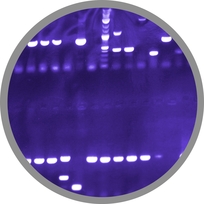
The LMU-Munich team is exuberantly happy about the great success at the World Championship Jamboree in Boston. Our project Beadzillus finished 4th and won the prize for the "Best Wiki" (with Slovenia) and "Best New Application Project".
[ more news ]

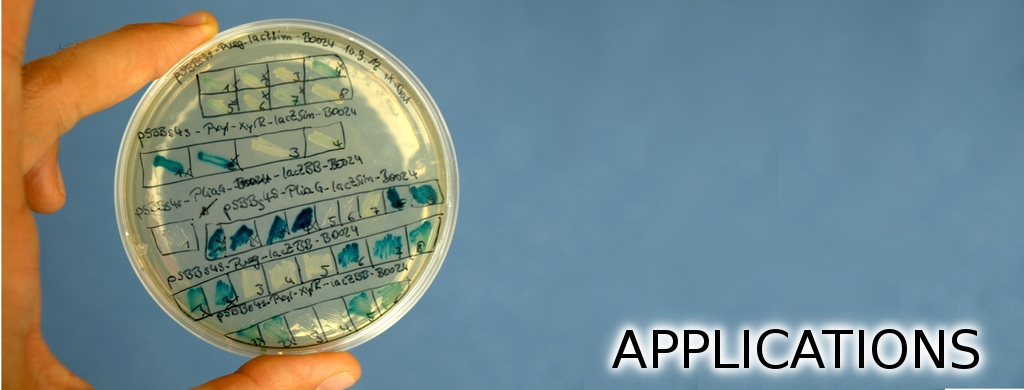
What are the potential advantages of using B. subtilis spores as functional bioparticals?
They are:
| Very stable even under severe environmental conditions | |
| Easy and cheap to produce in large quantities (check out the link to this commercial offer) | |
| Part of human nutrition in terms of food supplements and generally regarded as safe | |
| Moreover, our Sporobeads are: | |
| Unable to proliferate and therefore most likely not treated as genetically modified organisms by the law | |
Our Sporobeads offer a wide variety of applications within the laboratory, and around the world. Sporobeads can be used for filtration and protein screening.
 "
"




